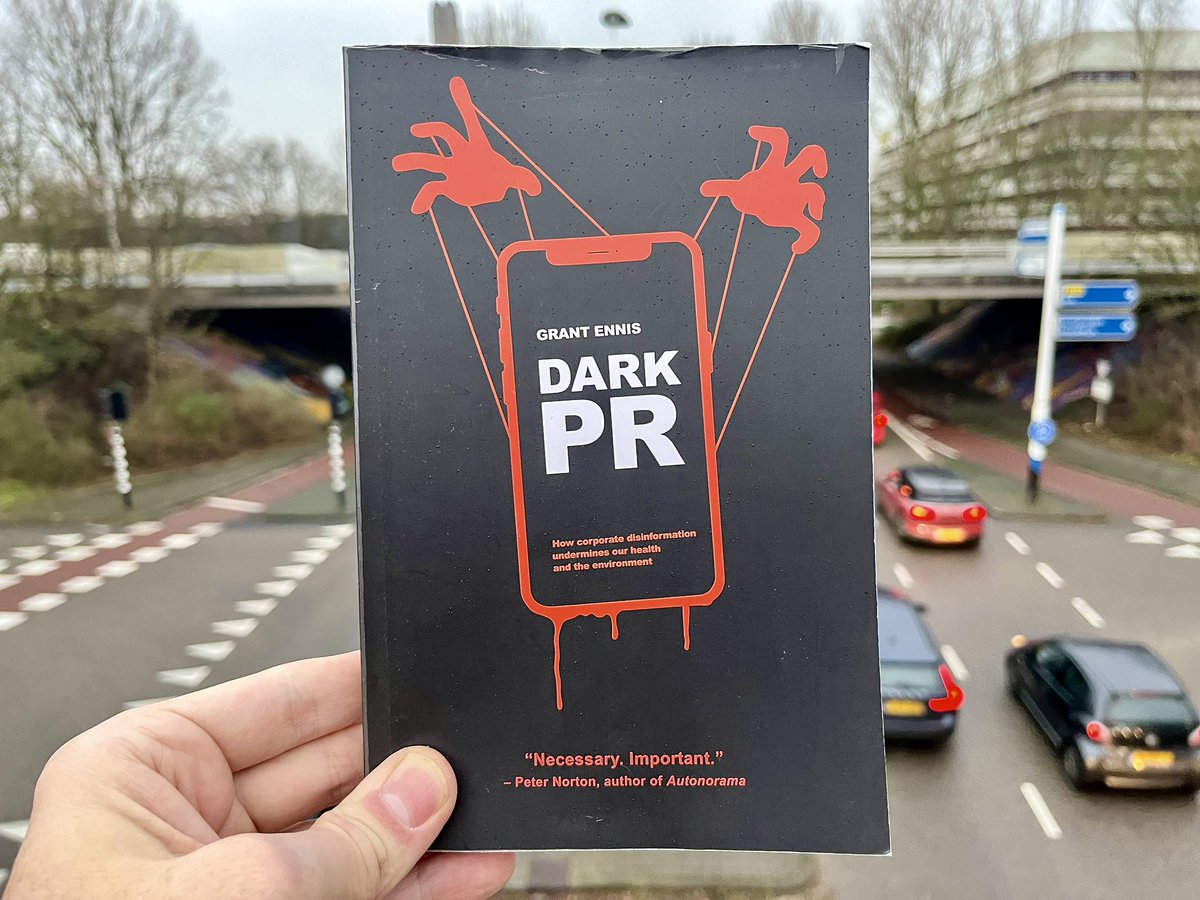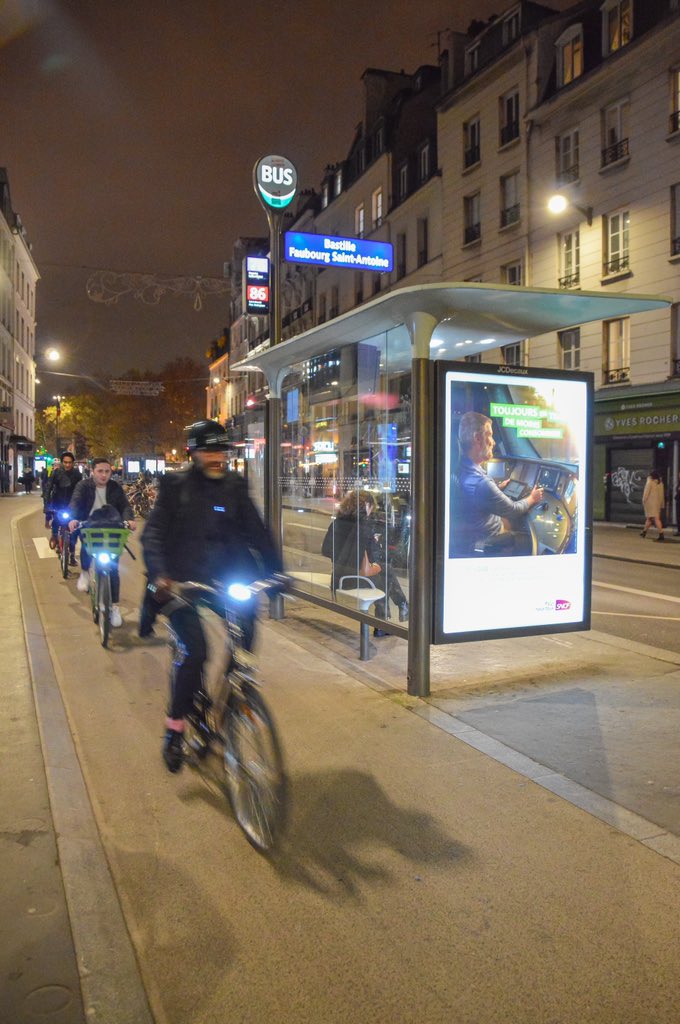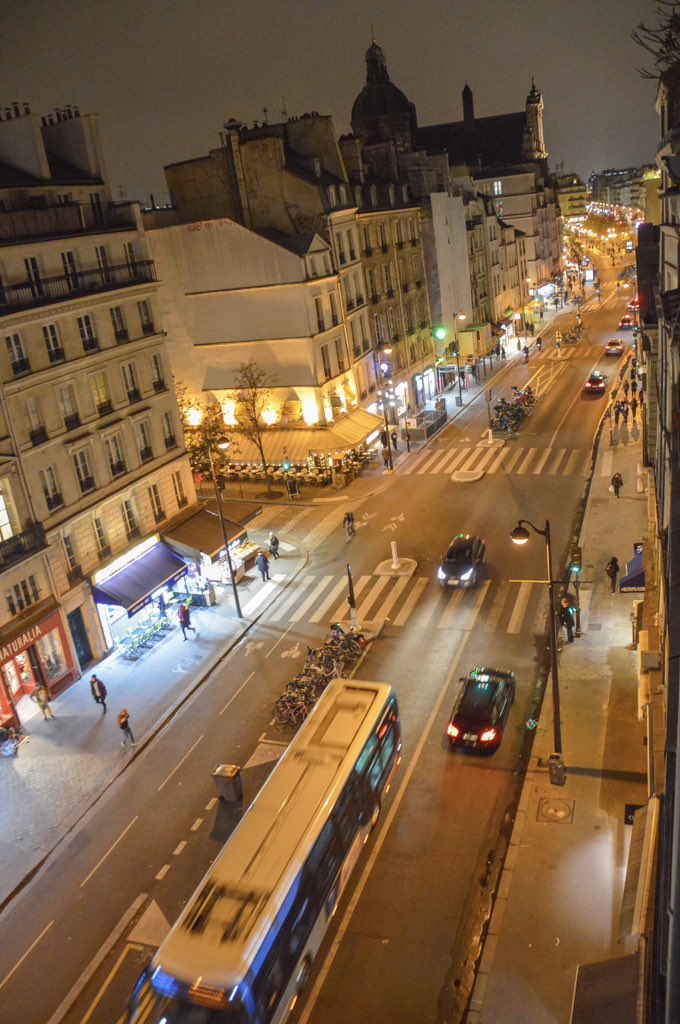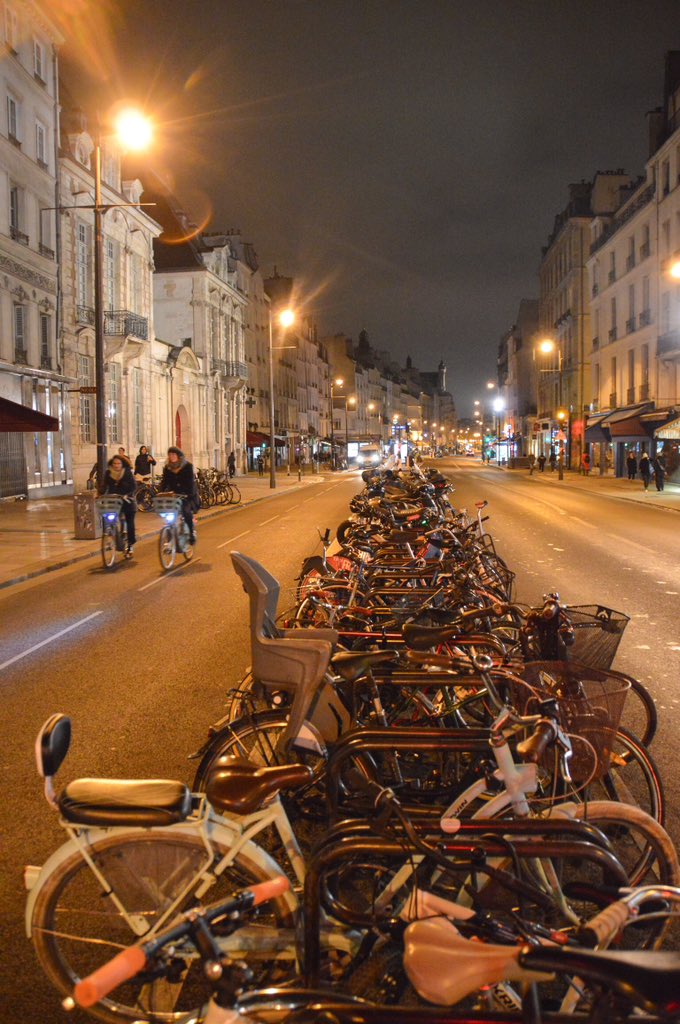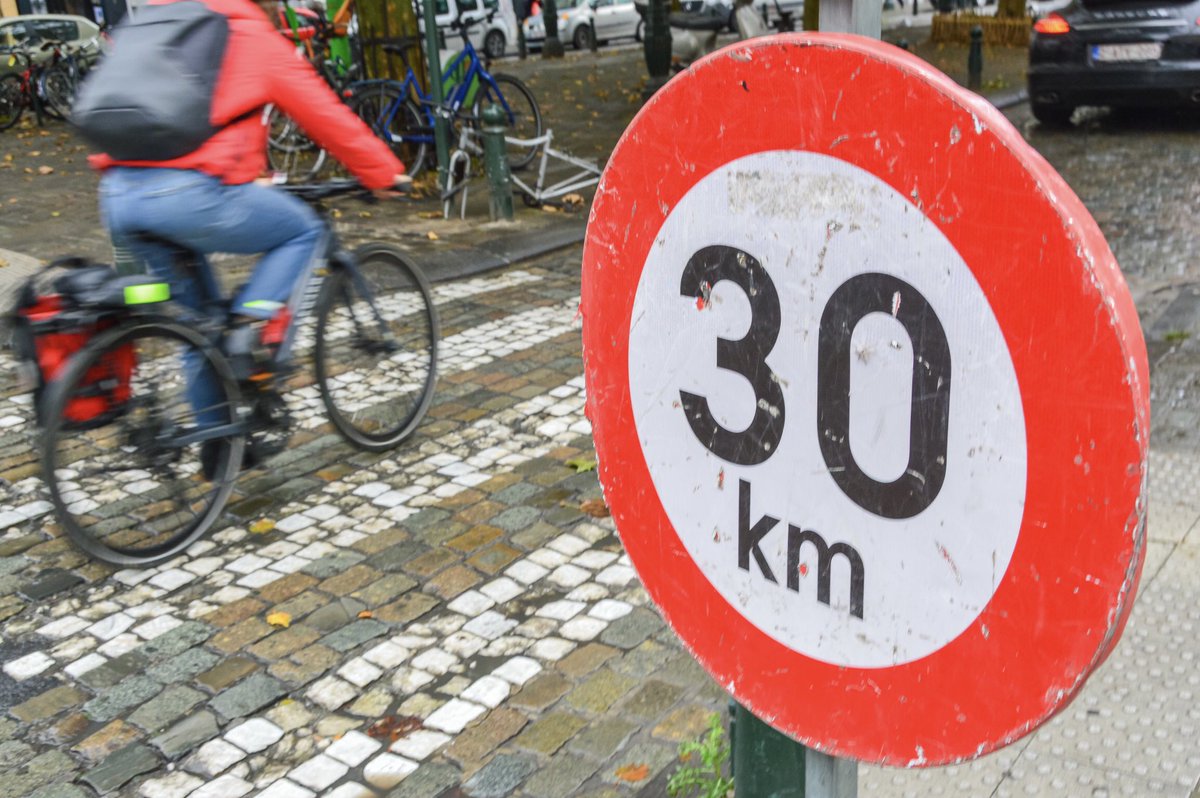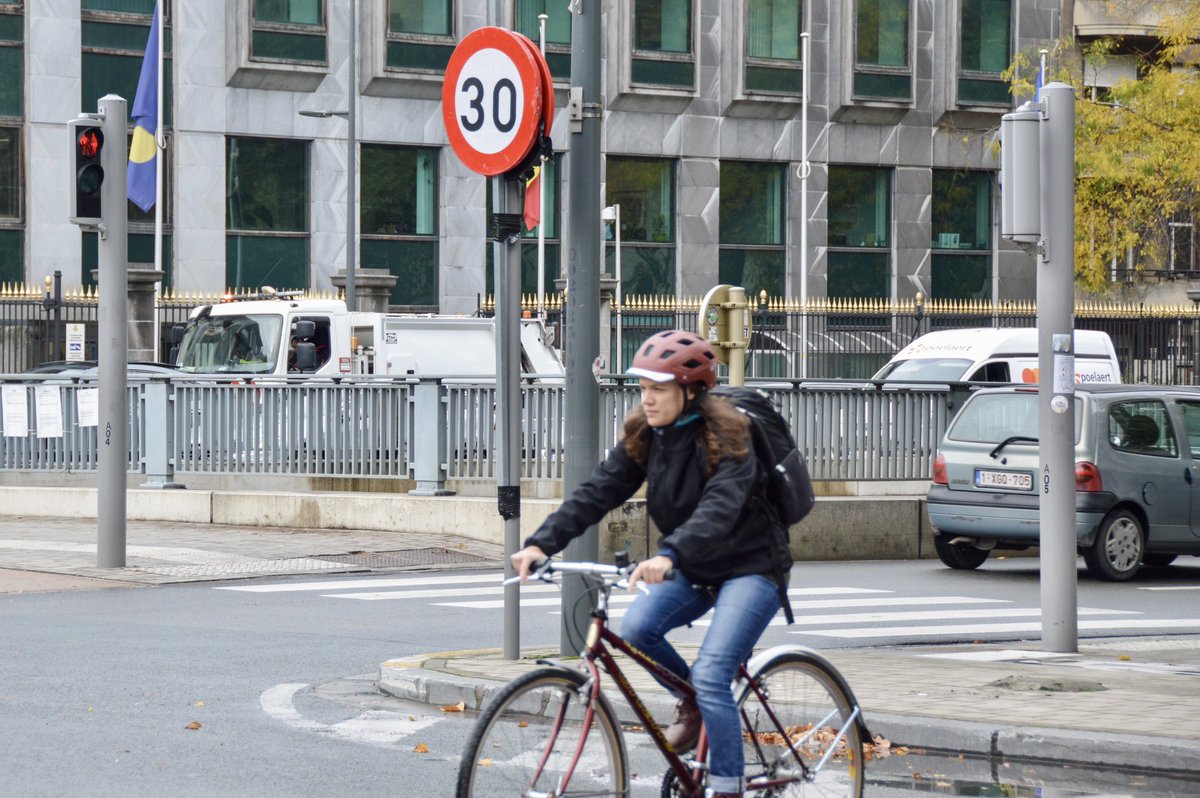The underwater bike parking at Amsterdam Centraal Station is the crown jewel in a bold plan to build 300,000 spaces nationwide since 1999.
Over that period, Dutch railways has evaluated each facility, refined their approach, and developed nine design principles in use today… 🧵




Over that period, Dutch railways has evaluated each facility, refined their approach, and developed nine design principles in use today… 🧵




1️⃣ Proximity to Platform: The thing that cyclists making their way to the train want above all is a logical approach route and the ability to park their bikes as close to the platform as possible. Their walk from the parking space to the platform should be less than four minutes.
2️⃣ Always Open Spaces: Travellers rely on the fact there is always an open space waiting for them. Every station in the country has a system in place to ensure the necessary turnover of spaces, and utilizes capacity prognoses to find out when they need to extend their facilities.
3️⃣ Social Safety & Security: Being able to park a bike safely is one of the basic requirements of these design regulations. Not only do users want their bike to still be there (and in one piece) when they get off the train, but they also want to feel secure in a parking facility.
4️⃣ Good Movement & Flow: Route logic and efficiency are important factors in the design of parking facilities; travellers are in a hurry and want to catch their trains. They arrive at this facility at a time linked to the timetable, so its space and layout must be geared to this.
5️⃣ Comfort & Ease of Use: Where possible, use uncluttered ground-level facilities, a fast check-in and -out system, and dynamic signs to help users find an available space. Take into account extraordinary bikes, such as those with crates or child seats, or cargo or adapted bikes.
6️⃣ Always Free of Charge: Each one of the 600,000 bike parking spaces operated by Dutch railways nationally is totally free of charge—at least for the first 24 hours. This is because their purpose isn’t to create a new source of revenue, it’s to create a new source of passengers.
7️⃣ Sheltered from Elements: Cycling travellers prefer to have a warm, dry saddle waiting when they return to their bikes. In the case of indoor and underground parking facilities, most bike flats and ground-level facilities with roofs and lockers, they get exactly what they want.
8️⃣ Service Available: Offering additional value to their cycling passengers, Dutch railways operate over 30 bicycle service and retail shops, which provide same-day maintenance and repairs. The shop also stocks various accessories like lights, locks, saddles, tires, baskets, etc.
9️⃣ Sustainable Materials: More often, cycling passengers can enjoy sustainably built facilities in line with their form of sustainable mobility. Dutch railways now earmark qualities like the use of circular materials and minimal energy consumption as explicit design requirements.
By investing in a long-term, comprehensive plan to improve bike access to stations, Dutch railways have significantly increased revenue; effectively doubling ridership in the past two decades. Want to learn more? Check out this book and/or get in touch! 🔚bit.ly/3Y8vQ2c
• • •
Missing some Tweet in this thread? You can try to
force a refresh


